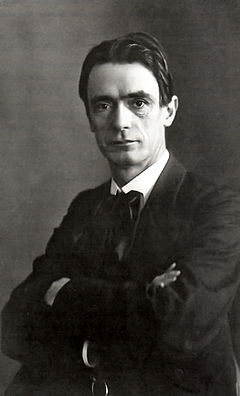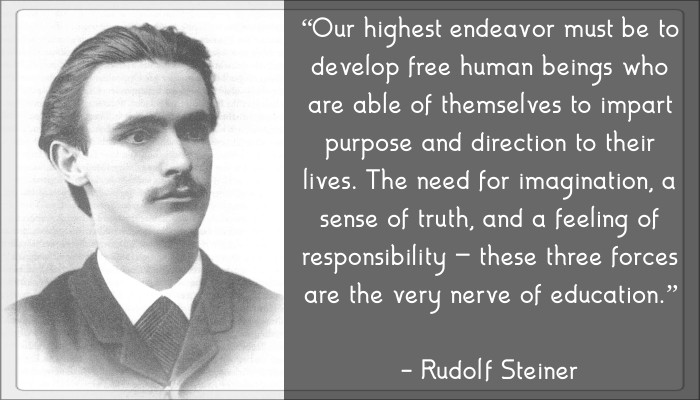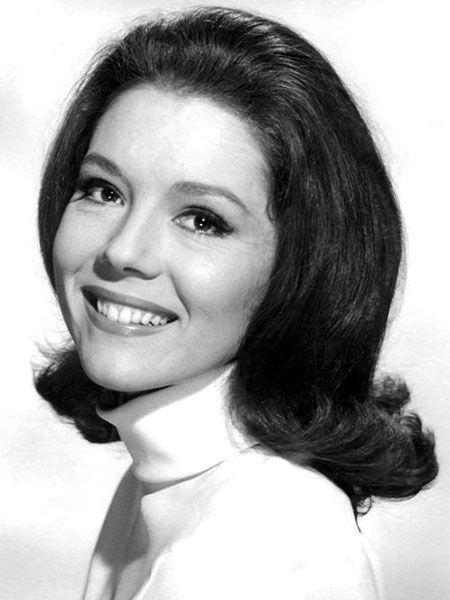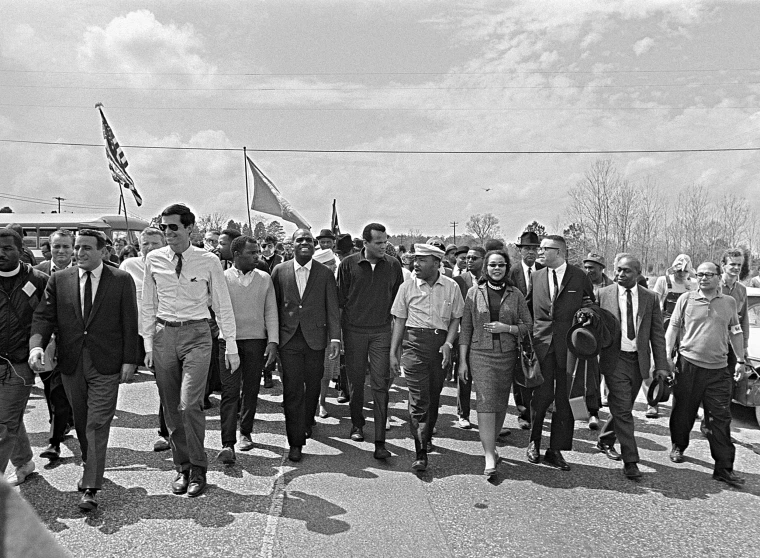 Last week I looked at biodynamics, the brainchild of Rudolf Steiner. However, this forms only a small part of anthroposophy, the belief system invented by esoteric philosopher Steiner. Anthroposophy was developed in the early 20th century and as such it has some of the cultural whiff of late-19th-century mysticism, Theosophy (Madame Blavatsky) and similar movements — at least to me.
Last week I looked at biodynamics, the brainchild of Rudolf Steiner. However, this forms only a small part of anthroposophy, the belief system invented by esoteric philosopher Steiner. Anthroposophy was developed in the early 20th century and as such it has some of the cultural whiff of late-19th-century mysticism, Theosophy (Madame Blavatsky) and similar movements — at least to me.
Steiner also developed an education system that teaches children based on the system of anthroposophy. Like biodynamics it’s a bit of a trojan horse — to the outsider it might look like an interesting hippie-like alternative. During my uni days I had a friend who was planning to get into education and she did a certification course in Steiner-Waldorf Education. From her descriptions it didn’t seem that crazy to me at the time: there is focus on imagination and creativity and less on getting academic stuff in as early as possible, the children make their own toys, the system encourages a strong bond with the teacher (a instead of teachers taking a fixed grade with an annually rotating class they teach a single group of kids as they progress through the grades), there is more of an emphasis on music etc etc.
Just like the crop rotation aspect of biodynamic agriculture, there may be something to some of these practices. While I’m no hippy I do think there are some VERY major systemic problems with education so it doesn’t seem implausible that a significantly different system would have better outcomes. (Of course I’m very interested in measuring this scientifically, but alas there’s very little scientific study of education methods in both alternative and conventional state-organised education.) And of course there are other good things to be said about the system too. Because of its hippieish nature it has engaged in great forms of outreached. The system created one of the only non-segregated schools in South Africa during apartheid, there are schools in Sao Paolo’s favelas and so on.
Like biodynamics though, once you scratch the surface, a lot of kookiness emerges. A great resource I’ve seen is My Experience As a Waldorf Student, an essay on QuackWatch Roger Rawlings who went to a Waldorf school. The essay is quite long and worth reading in its entirety, however here are some of the bits I found most interesting.
As per this post, superficially everything was peachy. “The Waldorf I attended was lovely, with caring teachers and pleasant, carefully selected classmates. For the most part, I enjoyed my years there. Waldorf was small: twenty or so students at each grade level. The ambiance was close and comfortable.”

However, there was a disturbing mystical belief system as the undercurrent, one which they hid from the students at first. Many of the parents were also unaware — another trojan horse!
Our teachers-most of whom I admired-did not spell out their spiritualistic goals for us. Nonetheless, Waldorf’s curriculum persistently, artfully sought to shape us in conformity with Steiner’s mystic beliefs…Instead of teaching us explicit doctrines, the Anthroposophists on the faculty typically tried to lead us by indirection. They sensitized us to the supernatural, and then they worked, quietly, to nurture in us a feeling of intuitive connection to the spirit realm…Occasionally our teachers would casually refer to angels or other supernatural beings as if they were objective, verifiable phenomena, as real as trees or planets or electrons.
The strong emphasis on art and music also had its mystical side.
The teachers urged us to imaginatively identify with whatever we studied or saw-to feel the life-force coursing through a tree, or absorb an eagle’s noble spirit, or experience the meaning of a boulder. In art classes, we were taught to produce misty watercolor paintings with no straight lines or clear definitions…The teachers didn’t say so, but our paintings were in effect talismanic representations of the spirit realm. In dance classes, we performed “eurythmy,”? a form of bodily movement that looks a bit like slow-motion modern dance, but was actually intended to teach the proper stances to manifest spiritual states of being-calling upon influences from our past lives and preparing the basis for our future lives. We did eurythmy while manipulating therapeutic copper rods and holding our pelvises strictly still. We were made to feel that eurythmy had an especially strong spiritual component.
In more senior years, the curriculum became more conventional, but still with the same flavour.
We sat through lessons on the shortcomings of science and the failings of modern technology. Our math classes were infused with Platonic idealism: The numbers, operators, and geometric figures we worked with were, we learned, rude shadows of their true, perfect counterparts residing in an ideal, supersensory region. In literature classes, we read ordinary novels interspersed with works of supernatural and even theological content: The Odyssey, The Divine Comedy, and Paradise Lost.
This mystical system, bearing the stamp of the time it was created also had racist overtones. Surprise surprise. During a biology class, the teacher “explained that the various races stood at different levels of moral development-each was forging its own destiny…The oriental races, he said, are ancient, wise, but vitiated. The African races are youthful, unformed, childlike, he said. Standing near the center of humanity’s family are the currently most advanced races, the whites, he said.” In botany, “[d]uring one day’s main lesson, she veered off topic to warn us never to receive blood transfusions from members of other races. Blacks and Orientals have blood types that are physically different from ours, she taught us, and receiving such inferior blood would diminish our “Aryan”? qualities.”
The anti-science sentiments combined with Steiner’s racist doctrines made for some interesting material. When privately discussing evolution with Rawlings, his teacher “explained that some contemporary peoples and animals had not evolved upwards but are actually the degenerate remnants of earlier, higher life-forms. Earth’s evolutionary scheme is complex, he informed me, with some species, races, and individuals rising, and others receding. I came away from our discussion feeling reasonably confident that he and I were among the upward-movers.”
After I had been at the school only a few years, the notion of trying to see the world clearly had lost almost all meaning for me. Everything seemed symbolic rather than concrete, although what the symbols stood for was vague. Everything had its hidden deeps.
Rawlings is quick to point out that over half the staff were probably regular people and not believing anthroposophists. His experience was in the US during the 60s. Today it’s likely that Steiner’s views on race are avoided. Still, this is a frightening lens to see the world through — and a cautionary tale about the logical conclusion to fuzzy thinking.
EDIT: After I wrote this post a three part blog series with more information and criticism of Waldorf education appeared in the blogosphere. Here it is: Part 1, Part 2, Part 3





0 Comments